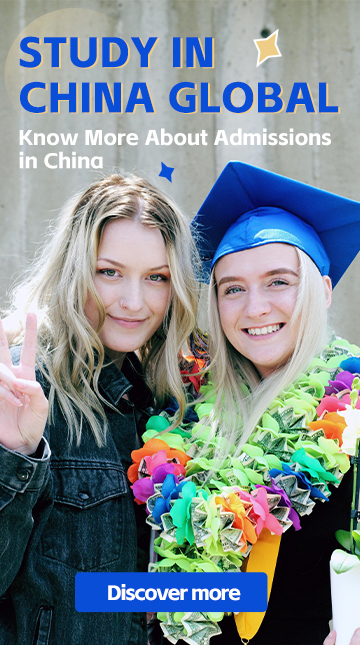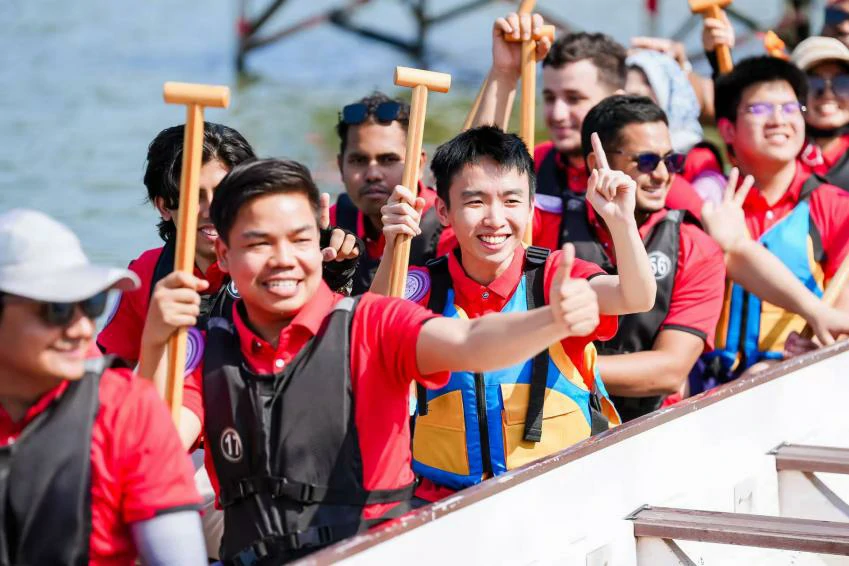
On May 29, over 120 international students from Huazhong University of Science and Technology took part in a dragon boat friendship race on Wuhan's Yujia Lake as part of the "Journey...
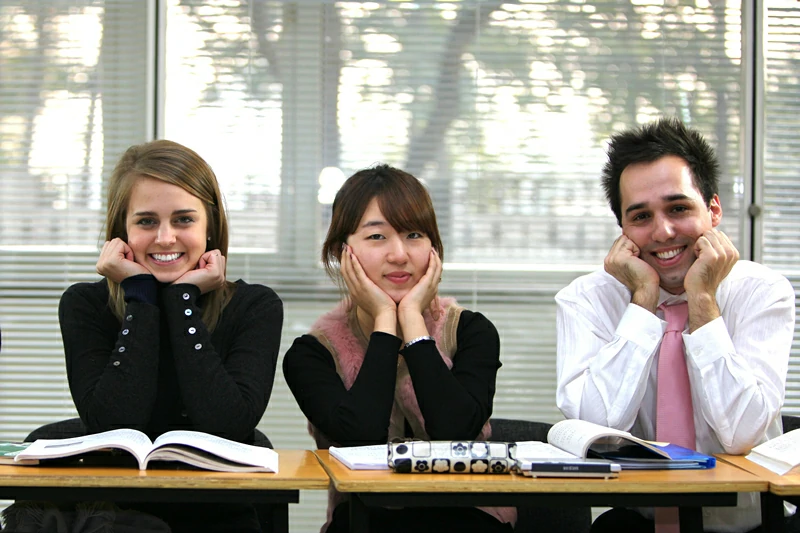
Learning Chinese has become very popular in Central Asia, with the number of candidates taking the Chinese Proficiency Test — also known as the HSK — soaring to over 16,700 in 2024, a thre...
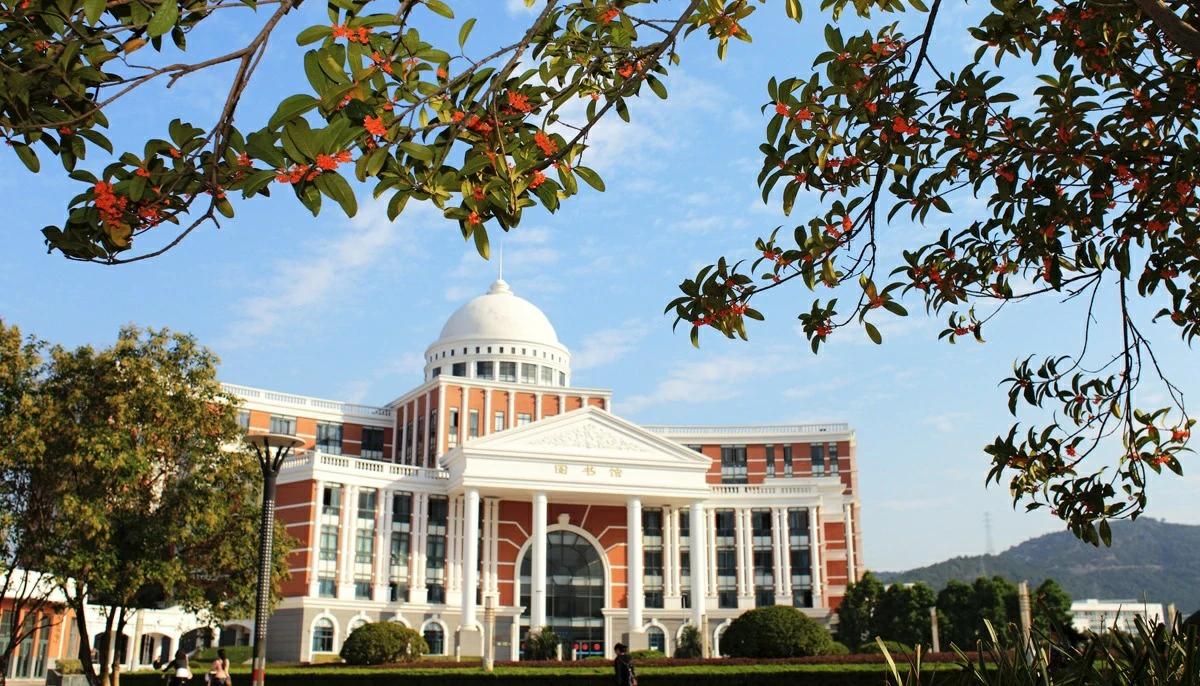
Aspiring medical professionals worldwide are increasingly choosing China for their MBBS studies. To help international students secure their seats, we present the 2025 Autumn MBBS Admission Guide&mdas...

When the sun crosses the celestial longitude of 135° on August 7, 2025, nature quietly begins autumn's prelude. As one of the "Four Commencements" in China's 24 solar terms, Liqiu (Be...

Why choose? 🏫 Academic Excellence This university is affiliated with the National Sports Administration and boasts top-notch sports science laboratories, Olympic-level training facilities, and int...

0 Tuition & 0 Dorm Located in China's "Porcelain Capital" - Jingdezhen City, Jiangxi Province, this university is a prestigious institution specializing in ceramic arts, design and related fields...

Perfect your Chinese in China's most dynamic city! Our spring 2026 Chinese language programs offer something for every level. Choose from prestigious universitie...
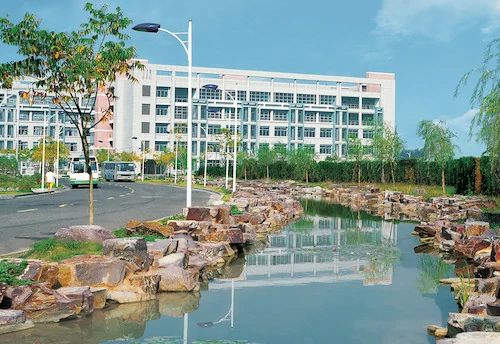
Dear International students, we invite you to apply to Hangzhou Normal University. Founded in 1908, it’s a well-respected institution. Located in the beautiful city of Hangzhou, the university offers ...
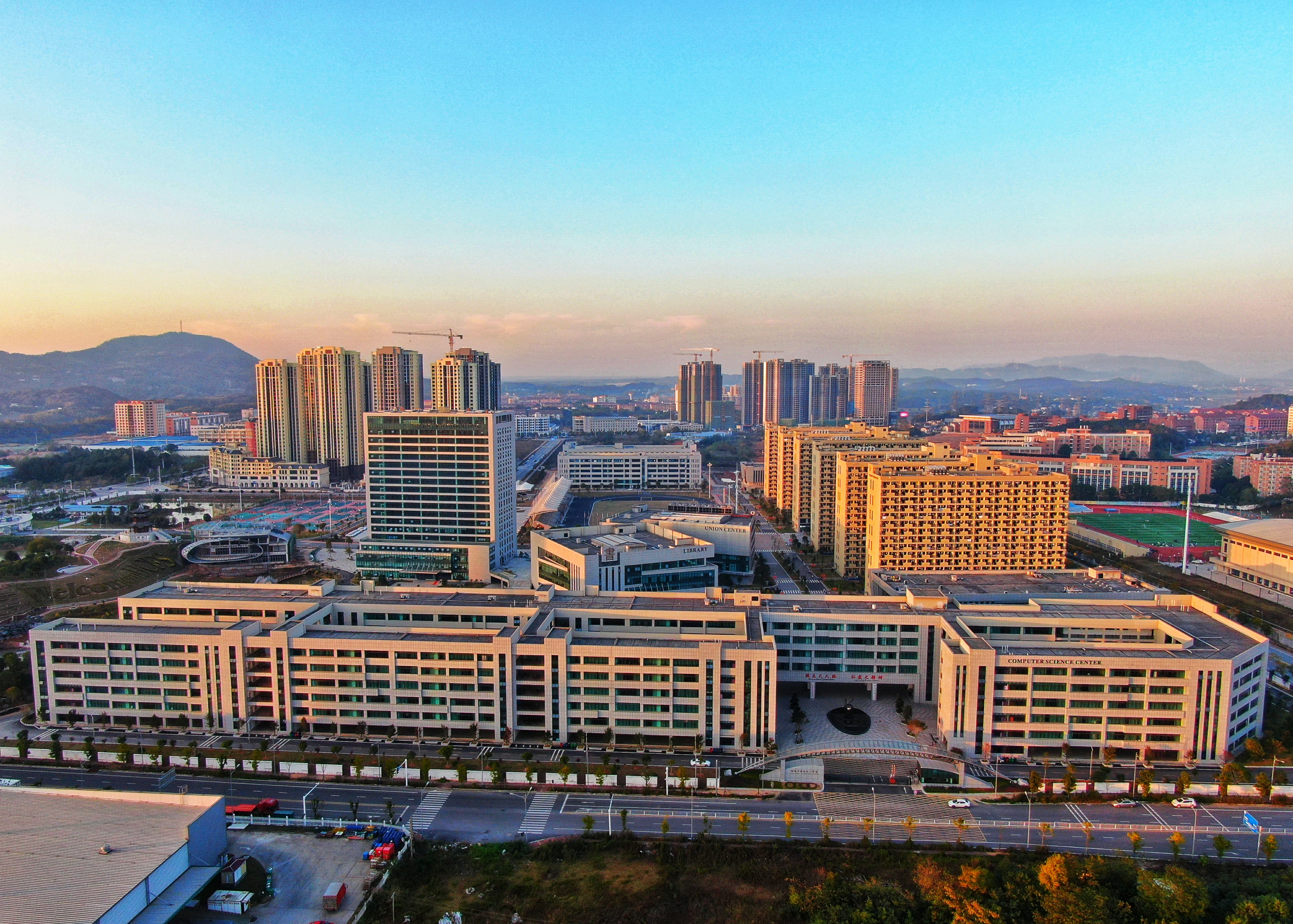
Chinese Language Collection Changsha-Hunan Basic information Program name: Chinese Language -1 year Intake: 2025 Autumn City: Changsha Degree: Non-degree Teaching Language: Chinese Age: 18 ...
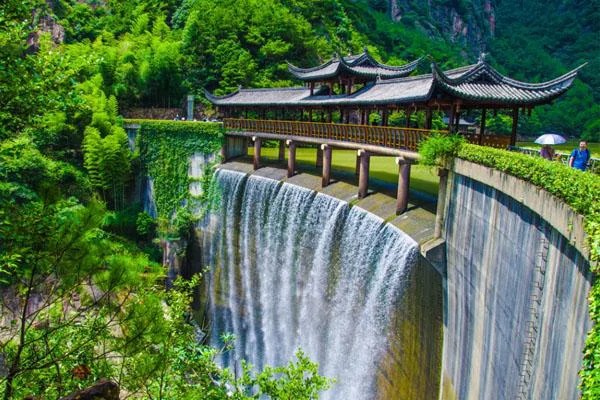
If you study in Taizhou, you will experience... 🌄 Natural Wonders Shenxianju "Avatar Mountains": Trek across China’s highest glass skywalk (1,200m drop!) at a UNESCO Geopark. 🦀 Coastal Cultur...
Popular
SCG - June 6, 2025
Subscribe
